A bit late to the party, but I recently was faced with similar requirements that led to a solution that I feel is appropriate to post as an answer for future reference here. Specifically, this answer directly addresses one of the OP's requirements as stated in his comment to @Jared Forsyth's answer:
...the gist is related to work that must remain in source control for my company. With my work GitHub credentials, it's no problem to store everything in a gist-based repo and share links, but it would be a problem to host the images anywhere else.
First, the reason why

does not work is because this is a fragment URL to the section of the gist web page displaying the file_name.png file and NOT the URL to the file_name.png file in the gist repository. The following solution is based on insights gained from RemarkableMark's blog on How to add an image to a GitHub gist. Furthermore, the solution is based on three observations concerning gists:
- A gist is a git repository
- From RemarkableMark's blog, the URL to a file (any file and not just image files) in the gist repository is of the form:
https://gist.github.com/<github-username>/<gist-hash>/raw/<commit-hash>/<filename> where <commit-hash> is the SHA-1 hash identifying a specific commit.
- The gist web page displays files from the latest commit on
master in the gist repository.
These observations suggests a solution where one adds images, embeds images in the markdown, and removes images in separate commits so that one can embed the images referencing them by the SHA-1 hash of the commit that added them and remove these images in a following commit so that they are not separately displayed as additional files in the gist. This solution can be implemented with the following workflow:
Step 1: Create a gist with a markdown file
See, for example, the instructions here
Step 2: Clone the gist to a local directory
For example, cloning to the my_gist directory using HTTPS:
git clone https://gist.github.com/<gist-hash>.git my_gist
Step 3: Add all image files and commit
cd my_gist
git add file_name.png
git commit -m "added all image files"
Here, for example, only the OP's file_name.png is added, but one should add all image files to be embedded in the markdown in one commit.
Step 4: Retrieve the commit SHA-1 hash
git log -1
This outputs the log from the last commit, which is something like:
commit b032e496495cf598a0aae1c6d33e761954e57604 (HEAD -> master)
Author: ########### <###############@users.noreply.github.com>
Date: Mon Oct 15 21:24:01 2018 -0400
added all image files
from which the commit SHA-1 hash can be retrieved (i.e., b032e496495cf598a0aae1c6d33e761954e57604)
Step 5: Edit the markdown to embed the images and commit
Edit the markdown file to embed the images using the retrieved commit SHA-1 hash in place of <commit-hash> in the URL.

Again, this example only embeds the one file named file_name.png. If there are multiple images, it is best to embed them all in one step. Then, commit
git commit -a -m "embedded images in markdown"
Step 6: Remove all image files and commit
git rm file_name.png
git commit -m "removed all image files"
Again, this example has only one image file named file_name.png. If there are multiple images, it is best to remove them all in the same commit.
Step 7: Push commits
git push origin master
Notes:
- AFAIK, one cannot add or remove image files through the gist web interface, and therefore the need to work with the repository directly by cloning it. This appears to be a design decision on the part of github.com, possibly to discourage the use of gists as a medium for posting media.
- Step 6 is only needed so that the image file(s) themselves do not show up in the gist web page.
- The second commit, Step 5, contains both the markdown with the images embedded and the image files. This may be viewed as a feature of this solution because this commit can be released as a markdown document package separate from the gist.
- The last two commits, Steps 5 and 6, can be combined into a single commit if one does not care to maintain a separate commit containing both the markdown with the images embedded and the associated image files.
